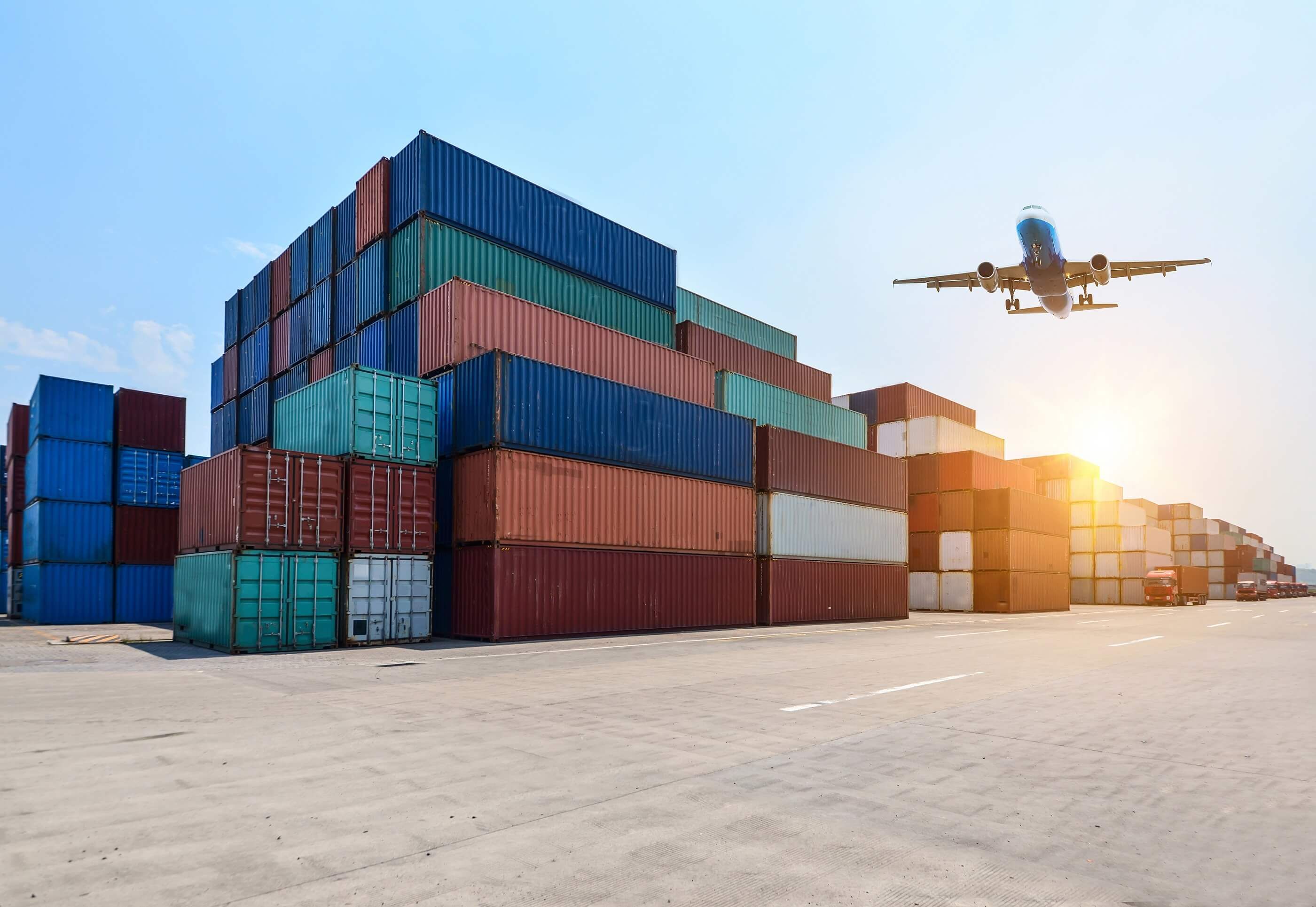Application of ML to optimize inventory
Machine learning enables logistics and the supply chain to optimize capacity utilization, reduce risk and create new business models

Many believe that the concept of logistics involves the movement of goods from point A to point B. In fact, logistics — the process of planning and ensuring effective and continuous supply of goods, services, and related information from wherever they are to the consumers and aimed at meeting customer demands. Logistics ensures that the right product is in the right place at the right time. Therefore, in modern companies, it is an important task of inventory management. Inventory control may be regarded as balancing between the high cost of maintaining inventories and the loss of unmet demand. For effective inventory management in modern business, you need the demand forecasting model. This allows to determine optimum inventory levels and plan supply company based on customer needs. Small companies can calculate the data using spreadsheet-based tools MS Excel and its own logic, but the larger the company becomes, the larger the area of consumers and a wider portfolio of products, the more difficult to effectively simulate the supply process.
Advantages of using the ML algorithms
Machine learning enables logistics and the supply chain to optimize capacity utilization, reduce risk and create new business models. Advantages of using the ML algorithms in the inventory management system and planning of orders:
1. Increasing the accuracy and speed of the prediction.
2. Optimize inventory levels, which affect the cost reduction of oversupply.
3. Risk management in the supply.
4. Automatic order planning and preparation of orders to suppliers.
5. Optimization of the product range.

Machine learning operating
Operating such a system means a regular collection of the necessary data on the company’s sales, and based on them using ML techniques demand is forecast. Upon receipt of the forecast analysis of the supply conditions, the current state of stocks, data supplier, planned loading logistics infrastructure, and supply plan is formed. Based on the orders delivery plan and statistics of generated orders, you can build a plan for providers. The technology of Machine learning (ML) allows us to find patterns between parameters that have an unexpressed bond and adapt algorithms to changing market conditions, thus — we have great potential in the prediction of the time series.
Methods of ML can solve not only the classic problem of time series prediction but to find more complex patterns, for example, to predict the timing of a supply increase based on data about the weather in the region or to correct data on demand based on the volatility of raw material prices. Such indirect dependence is difficult for people, but the neural network is not based on people’s logic, it only evaluates statistical relationships of different parameters. Everything depends on the quantity and quality of data and the architecture of the system and the quality of its training. Advanced algorithms can take into account dozens of options and look for correlations where the human brain simply cannot find them. Consider the simple use of ML in the problem of predicting the correct number of products in stock.